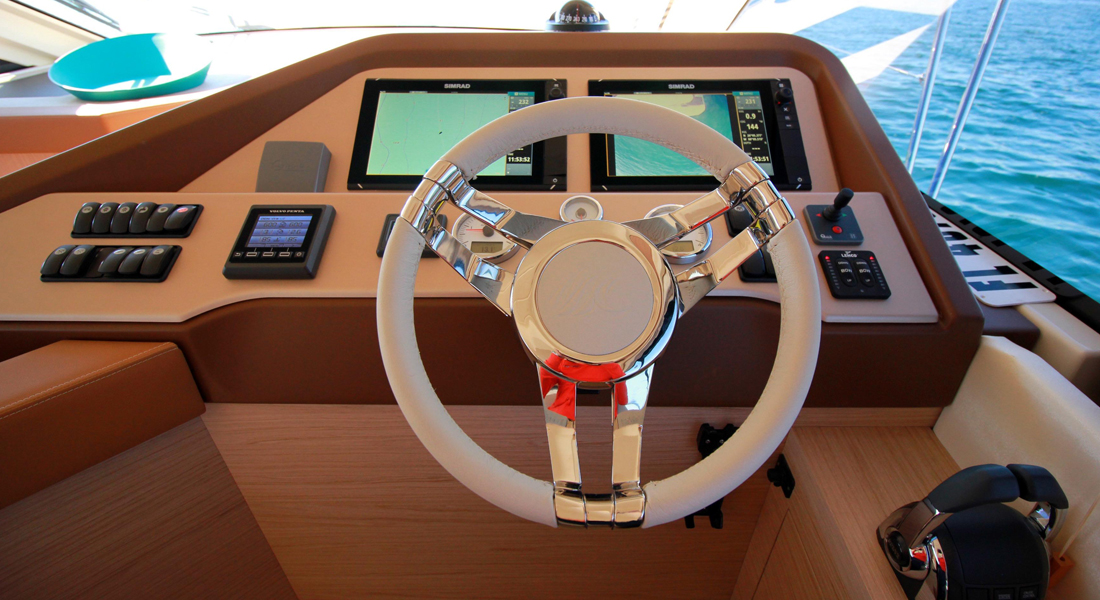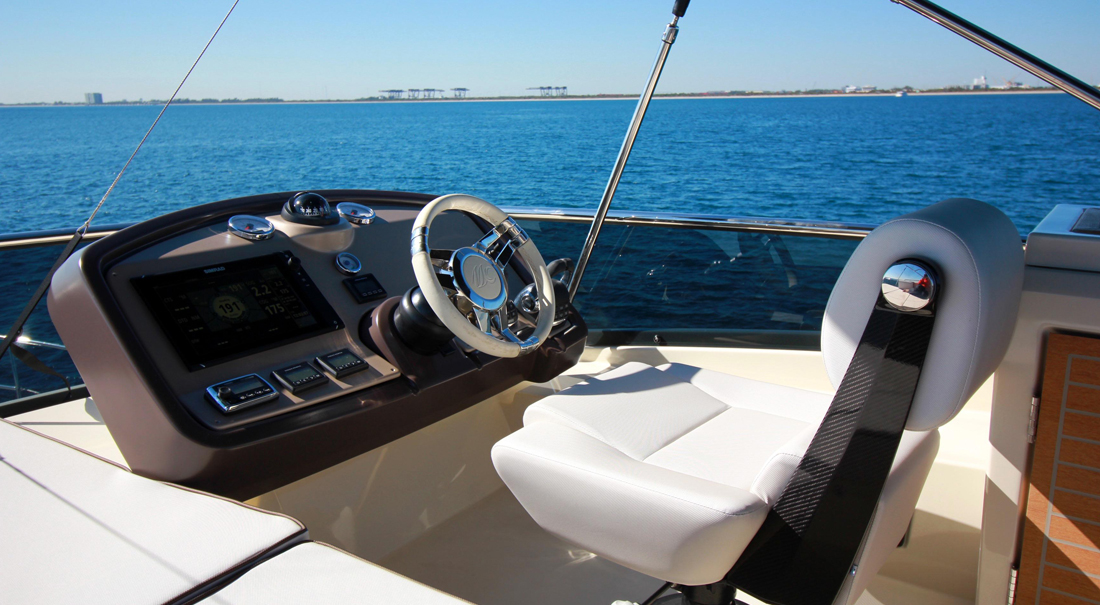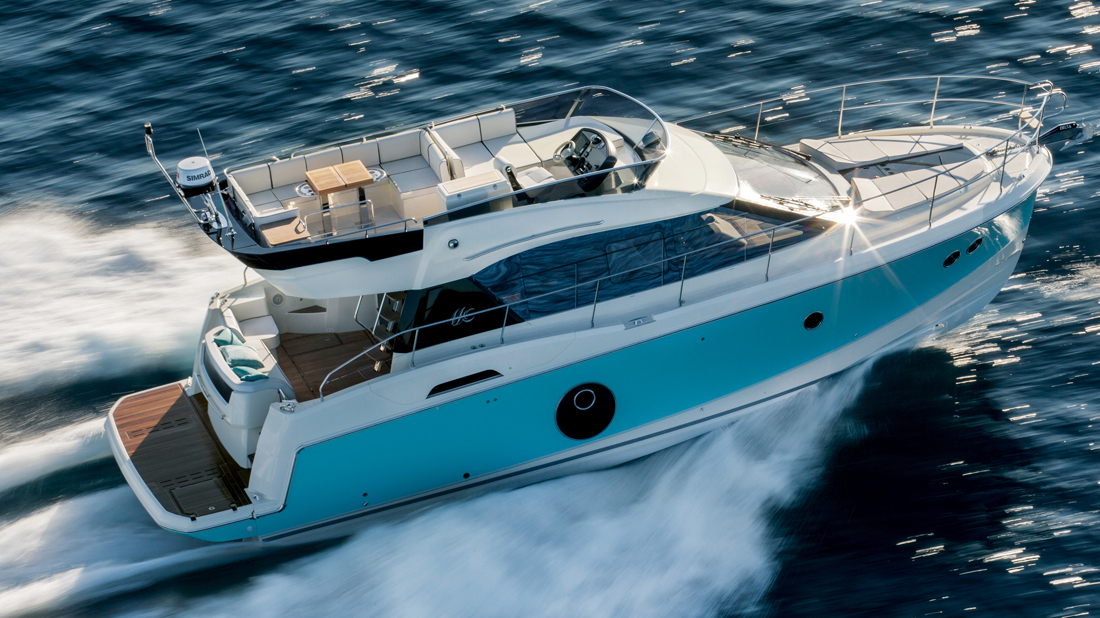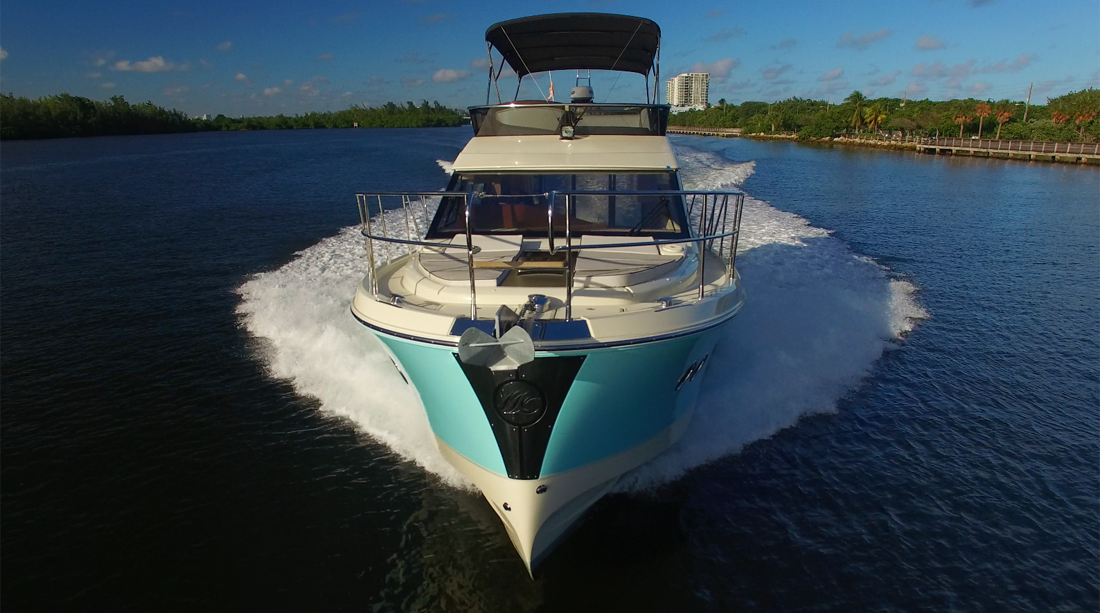- Alaskan Yachts
- Azimut Yachts
- Back Cove Yachts
- Beneteau Yachts
- Benetti Superyachts
- Bertram Yachts
- Boston Whaler
- Broward Yachts
- Buddy Davis Sportfish
- Burger Yachts
- Cabo Yachts
- Catamarans
- Carver Motoryachts
- Center Console
- Chris-Craft Yachts
- Cruisers Yachts
- DeFever Trawlers
- Dufour Sailboats
- Fairline Yachts
- Feadship Yachts
- Ferretti Yachts
- Formula Yachts
- Fountaine Pajot Cats
- Grady-White
- Grand Banks Trawlers
- Hargrave Yachts
- Hatteras Yachts
- Hinckley Picnic Boats
- Horizon Yachts
- Hydra-Sports
- Intrepid Boats
- Jarrett Bay Sportfish
- Jeanneau Yachts
- Kadey-Krogen Trawlers
- Lazzara Yachts
- Luhrs Sportfish
- Marlow Yachts
- Maritimo Yachts
- Marquis Yachts
- McKinna Motoryachts
- Meridian Yachts
- Midnight Express
- MJM Yachts
- Mochi Craft
- Neptunus Motoryachts
- Nordhavn Trawlers
- Nordic Tugs
- Ocean Alexander Yachts
- Offshore Yachts
- Outer Reef
- Oyster Sailing Yachts
- Pacific Mariner Yachts
- Palmer Johnson Yachts
- Pershing Yachts
Beneteau MC4 Test Walkthrough Video By BoatTest.com
June 23, 2017 9:08 am
The Beneteau Monte Carlo 4‘s hull, designed for Volvo’s IPS drives, features a wave piercing bow that improves her navigation in the roughest seas. Her hull design is optimized to offer safety and good seakeeping with pod propulsion. Join us as BoatTest.com tests this must-see motoryacht:
The following opinions are solely those of BoatTest.com and its test captain.
Hi, Capt. Steve for BoatTest.com and today I am on the latest launch from the Monte Carlo Shipyards, the MC4. I’m going to put her through a full sea trial and see how they’ve done.
The ship’s electrical panel is in the cabinet to the starboard side, and it includes a cyber-touchscreen panel. Daily engine checks couldn’t be easier with the IPS 500s being accessed from the hatch right in the cockpit. An aluminum ladder leads you directly between twin IPS 500 engines, and there’s plenty of room on either side of these engines for the daily checks.
At the forward bulkhead the standard 13-and-a-half kW genset. And this box provides a mechanical redundancy to the ship’s electrical systems, in case the cyber-touchscreen fails.
Of course, the focal point of this lower helm, the two 12-inch Simrad displays on the upper panel. The Volvo Penta EVC display is to the left of the wheel, digital ignition’s just next to that, analog tachometers and a rudder indicator just above the wheel.
To the right hand side, trimtab controls with LED indicators, bow thruster control just ahead of that. To the right on the subpanel we have the digital engine controls and the IPS joystick.
I noticed the entire helm is trimmed in a rubberized page with stitched lather. Outstanding visibility through this single piece windshield even with the wide mullions to the sides. And I’m happy to see defrost vents with the windshields this size.
As impressed as I am with the visibility forward, to the sides not so much. The valances and curtains come down a little bit too far into my line of sight. But it’s a small trade-off for the nearly 360 degrees of uninterrupted visibility from this lower helm station.
I also like the positioning of the joystick with regards to the side window because I could just sit here on my elbows and watch the entire side of the boat as I manipulate the joystick with my hand.
At the bow, there’s a 2-inch tow rail, the rail height comes up to 32-and-a-half inches far exceeding ABYC standards. Fully forward Lewmar windlass leads out to a stainless steel anchor roller and a Delta plow anchor, lift and lock latches give us access to the rode. There is a remote control here as well as a control at each helm. I would like to see a cleat for securing the anchor rode.
Well, plenty of room and great visibility in this flybridge, let’s take a look at some of the details. The upper helm, well with a single Simrad 12-inch display, same rubberized paint sprayed onto the exterior. Volvo Penta digital gauges over to the port hand side, Lenco trim tabs to the starboard side, we’ve got the digital controls and the IPS joystick.
This boat also has the optional bow thruster and remote control spotlight. The seat is exceedingly comfortable carbon fiber frame. I would like to see a flip-up holster though.
Now let’s get underway and see how she performs. The Monte Carlo MC4 has a length overall of 45 feet 3 inches, a beam of 13 feet 4 inches and with her IPS pods, draws 3 feet 9 inches. With 40% fuel and 2 people onboard we had an estimated test weight of 28,251 lbs. With the twin IPS 500s running at 3500 RPM, we reached our top speed of 30.4 knots with a 39.5 gallon per hour fuel burn.
Monte Carlo did such a good job of matching the hull to the propulsion system that the performance changes only one-tenth of a mile per gallon from 11 knots on up to her top speed.
But with that said, I found the most comfortable combination of riding performance to be right at 22.3 knots and 3000 RPM. That speed produced a fuel burn of 26 gallons per hour, giving us a range of 224.3 nautical miles and an endurance of 10 hours while still holding back a 10% reserve.
On acceleration her bow comes up 15 degrees, which produced no loss of forward visibility from either helm. In turns, she rose a sedate 9 degree at cruise speed and comes around slowly, a common characteristic with the IPS drives. Slow down and the turn will tighten and she’ll come around quicker.
Her wave splitter hull combines a fine entry into the water with a nearly vertical stem providing a long water line for efficient operation at various speeds. When taking power off, she settles back into the water slightly stern first with a gentle reduction of speed.
On approach to the dock she maneuvered nicely in the tight confines of the marina, then it was a simple matter of engaging the IPS joystick and maneuvering her into position with gentle pulses. Our test boat was equipped with a bow thruster but I only used it to help line her up with the slip. It would be more of a help with gusty conditions, which we did not have.
Well, in my opinion it’s unfair to compare this to her bigger sister, the MC5. This Monte Carlo MC4 stands alone on her own right. That’s my full test and performance evaluation of the Monte Carlo MC4. For BoatTest.com, I’m Capt. Steve. We’ll see you on the water.










